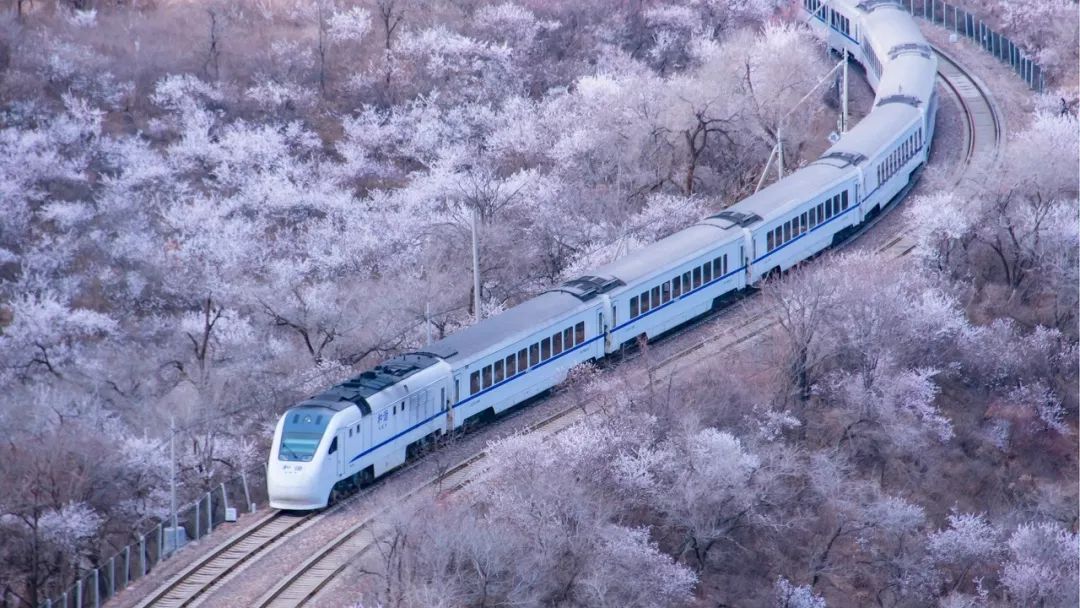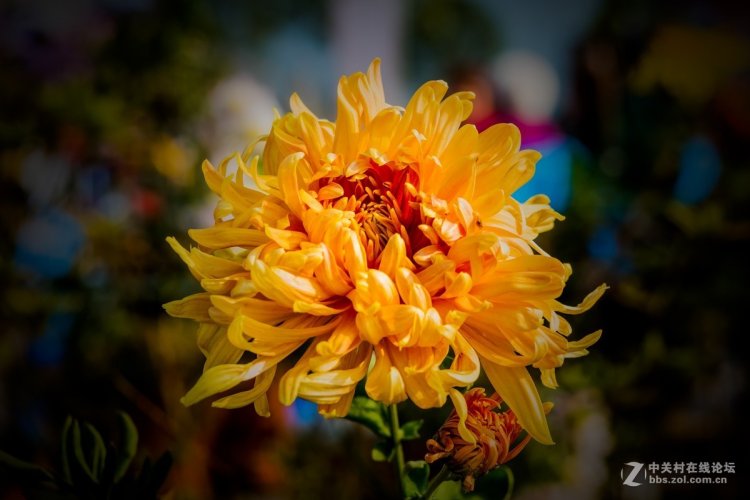Spring Training: Ride the Rails and Discover Northwest Beijing's Hidden Beauty
A long Qingming weekend is just around the corner, and with any luck, we'll get to enjoy it free from punishing sandstorms and an all-out catkin invasion. So why not seize the opportunity to hop on a countryside train and discover the true beauty of Beijing's springtime. Because although the heart of the capital is full of breathtaking, albeit artificially landscaped gardens, nothing beats the unparalleled charm of Beijing's wild outskirts.
Yanqing County in the mountainous northwest used to serve as a natural barricade from invaders, however, now it's an idyllic backyard garden and the veritable green lungs of our fair metropolis. What's more, it's also where the Great Wall and the first railway built by a Chinese engineer meet, making a trip along Beijing Suburban Railway Line S2 a legit way to explore this seemingly detached piece of the city.

Sensing a higher demand for the unique terrain along the route, last Friday 北京市郊铁路 běijīng shìjiāo tiělù Beijing Countryside Railway's official Weibo account announced that they would be adding two more trips to Line S2 Friday through Monday and during public holidays.
As the first suburban commuter line, Beijing Suburban Railway Line S2 opened on Aug 6, 2008, providing a convenient option for tourists visiting the Great Wall during the 2008 Beijing Summer Olympic Games. At the conclusion of the Games, the price from any downtown stop to the Wall was dropped to an affordable RMB 7, which can be purchased using a metro card or scanning the 亿通行 yì tōngxíng app on your phone.

The train sets off from the 黄土店站 huángtǔ diàn zhàn Huangtudian Station – accessible by Beijing Subway Line 8 or Line 13 – and ends at 霍营站 huò yíng zhàn Huoying Station. Pro tip: If you take Exit A of the Huoying Station and re-enter from Exit G3, you can avoid paying for a separate subway ticket.

Undoubtedly, the best views on this trip come into focus as you approach the Great Wall, the train meandering along a winding mountainside railway where blossoming trees extend from the slopes stretching their springy twigs right up against the cabin windows. While watching the blooms pass by like streaming rosy clouds is enjoyable enough, it's equally delightful to stand on the platform outside of the station or even climb to the top of the nearby mountains, and wait for the moment when the train crosses the sea of flowers like a silver snake.

Before arriving at the Great Wall, the train makes a pitstop at Qinglongqiao Station. Though it no longer serves as a point for boarding or disembarking, it is the first section of railway designed and built by a Chinese engineer, 詹天佑 zhān tiānyòu Jeme Tien Yow, who was one of the first Chinese students to study abroad, having earned his Ph.B. degree from Yale University in 1881. Jeme's creative zigzag railroad design proved formidable in overcoming the steep slopes throughout the Qinglongqiao area, thus allowing trains to safely travel both upwards and downwards. Nowadays, the S2 trains still run on this zigzag railway, a testament to Jeme's engineering legacy. His statue stands silently not far from the station, you can visit him while wandering around for a perfect shot of the train.

If you are planning for a trip for this Qingming, after conquering the Badaling Great Wall, you can either head northeast to the 柳沟村 liǔ gōu cūn Liugou Village for a little countryside hospitality and their famous tofu feast, or keep going northwest to the 野鸭湖湿地公园 yěyā hú shīdì gōngyuán Yeyahu Wetland Park and, followed by the mysterious 古崖居 gǔ yá jū Guyaju Caves.
Read: Three Arrested After Badaling Great Wall is Defiled... Again
Images: Zhihu, Sina, Badalingtour, 成都高铁学校, 北京市郊铁路, 17QQ







